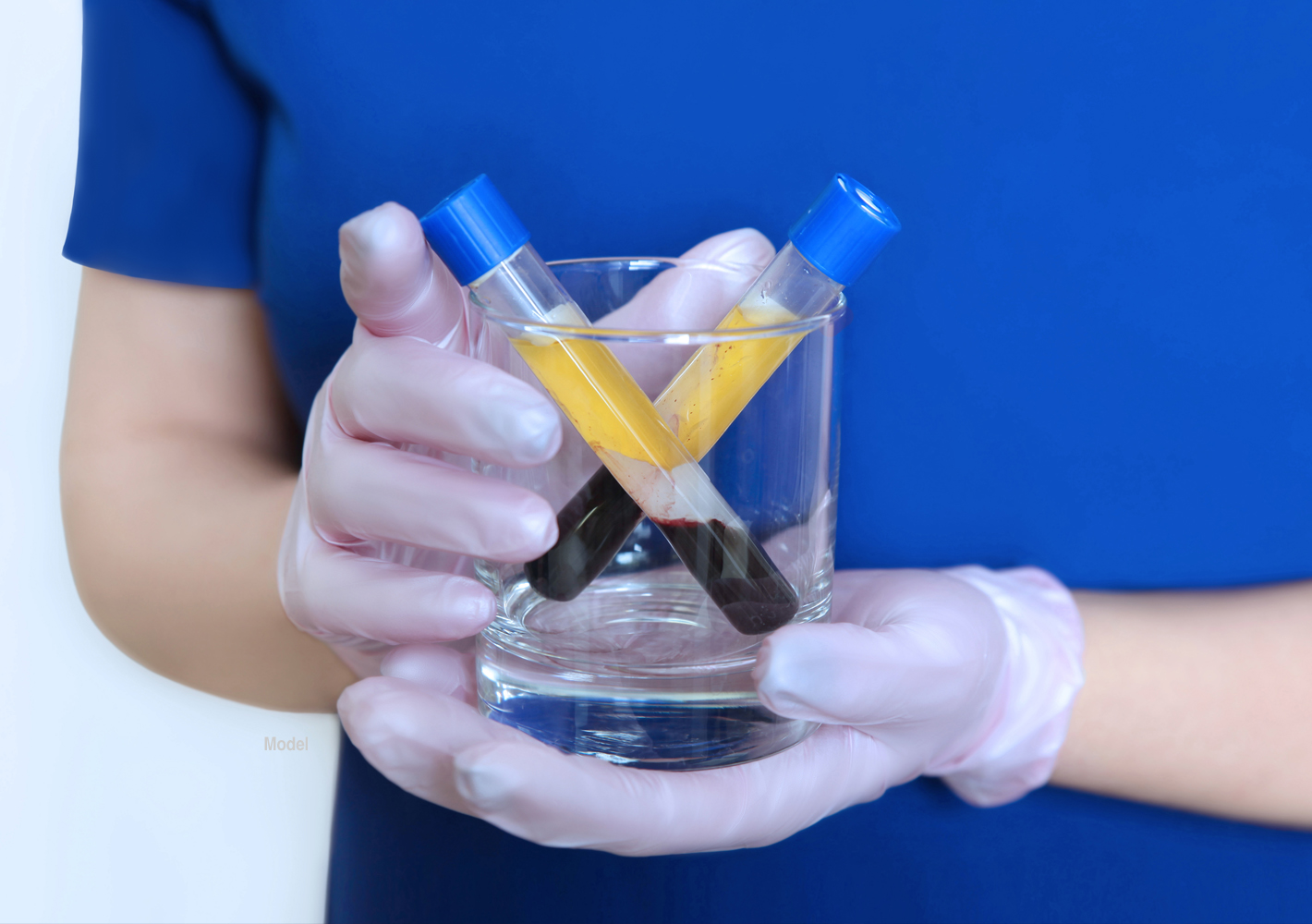Is Nanofat or PRP Better for Scar Removal?

Scars occur naturally as wounds heal. Collagen fibers are produced to seal and strengthen the damage in the skin. The newly formed collagen fibers make up scar tissue.
Although scars are natural and serve a valuable purpose, they can also be problematic. Some people feel self-conscious about the appearance of scars. Minor scars may fade away on their own, but many types of scars can remain visible and become more visible and thick without treatment.
How Does PRP Work?
Platelet-rich plasma (PRP) has long been used to speed and enhance recovery after injuries; however, it is also used to help reduce scar visibility.
PRP is frequently effective in treating acne and surgical scars, keloids, and minor burn scars. One major advantage of PRP is that it is almost entirely painless and requires very little downtime.
Blood drawn from individuals is processed through a centrifuge to separate and concentrate the growth factor-rich plasma. The PRP is extracted from this sample and injected back into the body to stimulate and accelerate the natural healing process.
Results may be seen a few weeks after treatment. A PRP procedure takes less than an hour and doesn’t interfere with other aspects of a person’s life.
What Is Nanofat?
Fat grafting is the process of removing fat cells from one part of the body through liposuction and injecting them in an area where more volume is needed.
Nanofat treatments are similar. However, the fat is liquified by filters, which preserves stem cells that are present next to the fat. Stem cells have multiple healing factors, which are different from the healing factors in PRP. This liquified fat with stem cells is called nanofat.
Instead of increasing volume, nanofat injections improve skin tone, vascularization, elasticity, and texture. The highly concentrated stem cells and healing factors improve the appearance of wrinkles, skin discoloration, and atrophic scars.
Some areas of the body that are especially suited for nanofat treatment include the face, neck, lower eyelids, hands, and upper chest.
Which Scar Reduction Method Is Better?
Both PRP and nanofat procedures are minimally invasive, but there are almost no side effects, pain, or discomfort involved with PRP. Nanofat extraction may cause some bruising and swelling around the donor site. Sometimes a compression garment is recommended to help the site heal.
People usually return to their normal activities within days of a nanofat procedure. There is no expected downtime after a PRP procedure.
Interested in Learning More?
Optimal scar reduction treatments depend on many factors, including the size, depth, and color of individual scars. Contact the Stem Cell Doctors of Beverly Hills to schedule a consultation online or call (310) 275-5698 to discuss scar treatment.

